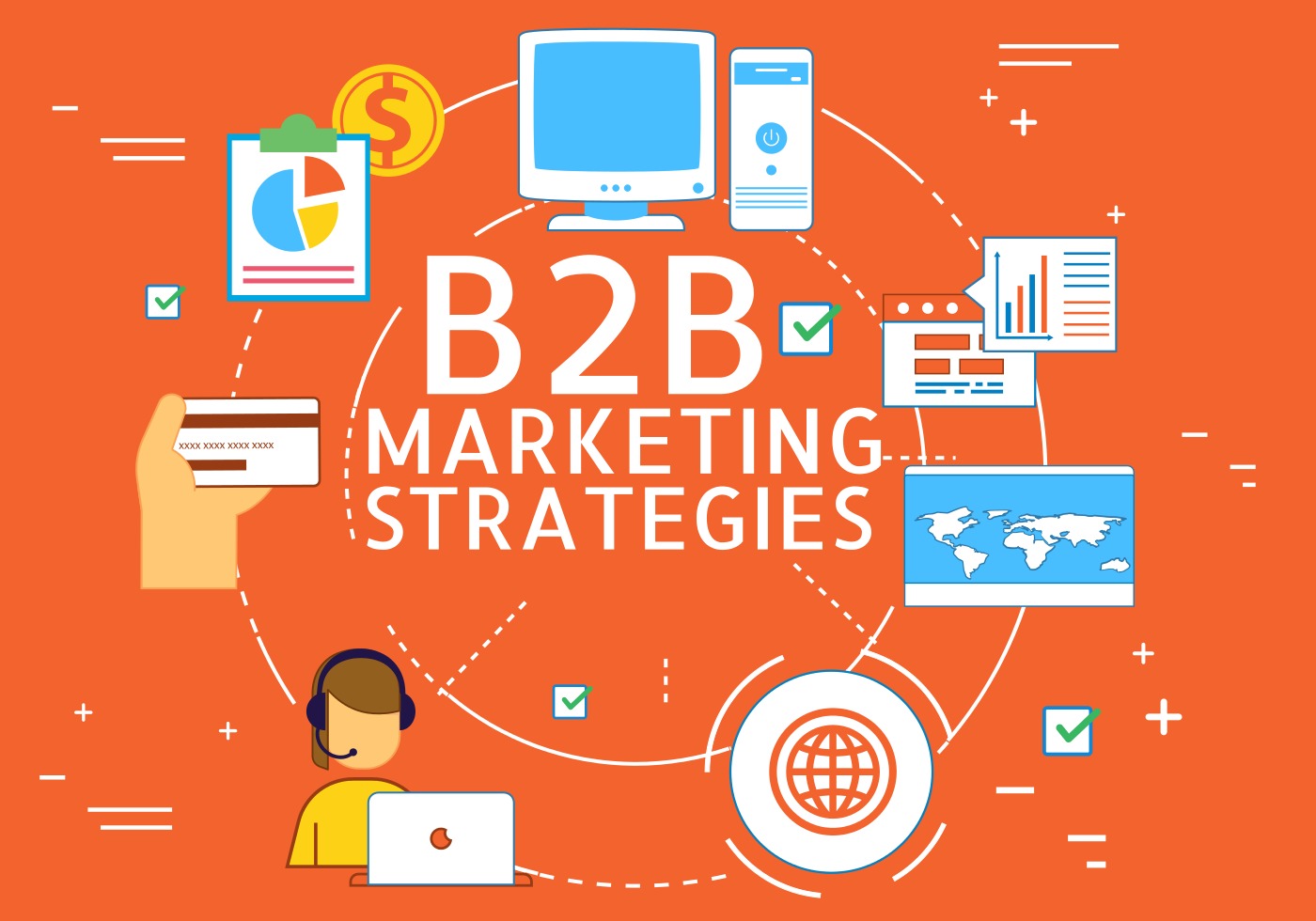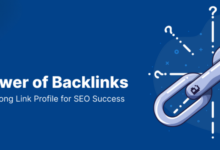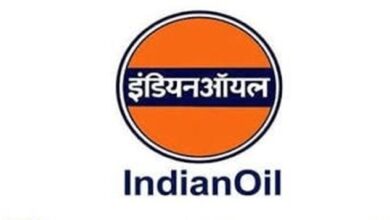B2B Companies: Making Lead Generation Easier.

B2B companies should be able to get leads quickly, right? Watch sales turn those leads into closed sales by opening the money faucet and letting the leads flow in. What’s the reality? Leads don’t always translate into sales, and top-quality leads can be hard to find.
A quality lead that converts to a client or customer requires both art and science. This article aims to reveal some of the crucial elements of a successful lead generation campaign in B2B and assist you in creating one.
Considerations for B2B marketing
It is generally more complicated to market to businesses than to consumers. B2B, on the other hand, requires you to reach multiple decision-makers, address multiple customer pain points, and often requires a longer sales cycle than B2C.
Demand and lead generation programs lead prospects down the sales funnel even before they enter the sales cycle.
What is the difference between lead generation and demand generation?
In demand generation, various techniques are used to build awareness at different stages of the buying process. The delivery of targeted marketing messages is just one part of generating demand for your product or service. A potential customer, at this point, is discovering their problems and is willing to find a solution.

Use different touchpoints and content to engage with targets to raise awareness about their situation and position your organization as a trusted advisor during this period.
In contrast, lead generation directly targets the conversion of potential customers into leads. Generally, gated content includes high-value assets like e-books or webinars accessed by filling out a form to collect contact details. By creating engaging content, you grab your audience’s attention and assist them in learning more about the buying process.
Inbound lead generation will attract your audience directly by delivering relevant content via organic search, social media, referrals, and remarketing ads. Lead generation can also be achieved by outbound methods, such as cold calling, emailing and even knocking on doors (yes, that still happens!).

Engaging Your Audience in B2B
B2B buyers reported in a Gartner report that they spend little time with sales reps. Only 17% of the purchase journey is spent in such interactions, and 27% involved online research. To succeed, you need an online presence.
Understanding your audience begins with creating a buyer persona. The software allows you to develop content that is relevant to your ideal customer profile. Here are a few things to consider:
- Job level: Companies have different decision-makers at different levels. Influencers test and demo your offerings and then send them up the ladder for approval.
- Job function: Each business area has its priorities. A finance officer’s messaging may be quite different from that of an IT administrator.
- Industry or vertical: Each industry possesses unique messaging needs, so sharing news or using terms that are relevant to that industry increases credibility.
To ensure your message resonates, you need to tailor your content to fit these segments.
Qualitative leads > Quantitative leads

A lead generation strategy’s most important objective is to improve the quality of leads. Leads that are highly qualified and targeted have a higher return on investment. By using BANT (Budget, Authority, Need, Timing), you can qualify leads and turn them into viable prospects.
- Budget: Does your potential client have a budget for your products or services? Spend your marketing dollars wisely by not marketing to audiences who cannot afford your services.
- Authority: Is the lead authorized to make a purchase? There might be one decision-maker or a buying committee, depending on your prospect.
- Need: Do your products or services meet the needs of the lead? You might not be able to generate enterprise leads if your offering is only suitable for SMBs.
- Timing: When should the pain point of the lead be addressed? Are there any existing products or solutions that may require displacement? When does the budget need to be allocated?
To uncover BANT ahead of time, marketing will frequently create qualifying content. A healthy sales pipeline is built by converting leads into prospects and evaluating the ROI and effectiveness of marketing campaigns.
How do you start generating leads?
Starting with goals is always a good idea. Set SMART goals (Specific, Measurable, Attainable, Relevant, and Timely) to create a road map of success.
Review any previous programs that have worked and what hasn’t. You should get feedback from customers – why have they chosen your company?
Do not rely on one program to determine how you should allocate your budget: do some piloting and A/B testing. As customers come and go, continue to generate leads to fill the funnel.
Conclusion
Regardless of the size of the company, lead generation and marketing are effective. Lead generation is not as simple as it seems, and when it is done without forethought and planning, it can be costly and time-consuming. You’ll be ready to scale and test if you understand your audience well and craft your approach thoughtfully.
edited and proofread by nikita sharma






